Feeding tomatoes with yeast in the open field
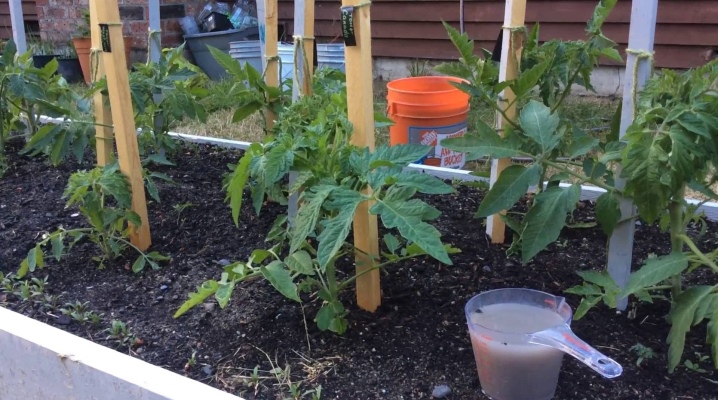
Yeast dressing has been used by gardeners for many decades. They are good because they help to increase the yield of tomatoes without harming the soil and without reducing the quality of the crop.
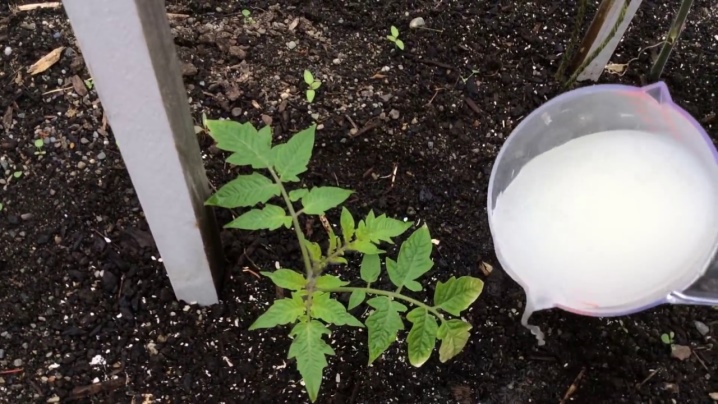
Benefit and harm
Top dressing of tomatoes outdoors has many benefits.
- The plant becomes strong and resistant to various diseases.
- Regular feeding also makes them more resilient. Therefore, they are not afraid of adverse weather conditions.
- Plants develop a strong root system. They take root much better after transplantation.
- Mature tomatoes bear better fruit. At the same time, the crop turns out to be environmentally friendly, because no chemicals are used in its cultivation.
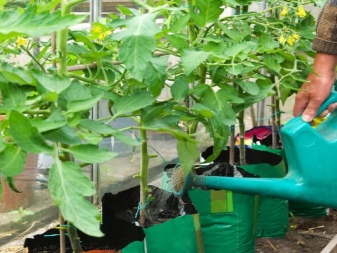
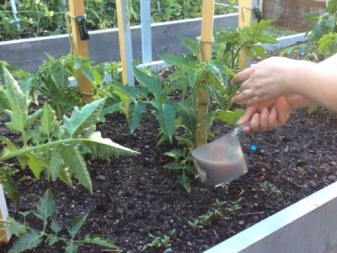
Plus, yeast is cheap and can be bought at any store. Therefore, everyone can prepare at home an effective means for feeding plants.
But at the same time, yeast feeding has its drawbacks. First of all, its application impoverishes the soil. Besides, if the dosage is exceeded, the soil will be oversaturated with nitrogen... This means that the plants will grow and become green, but at the same time ovaries will not form on the bushes. It is also worth remembering that if you use cold water to breed yeast, it will be completely ineffective.
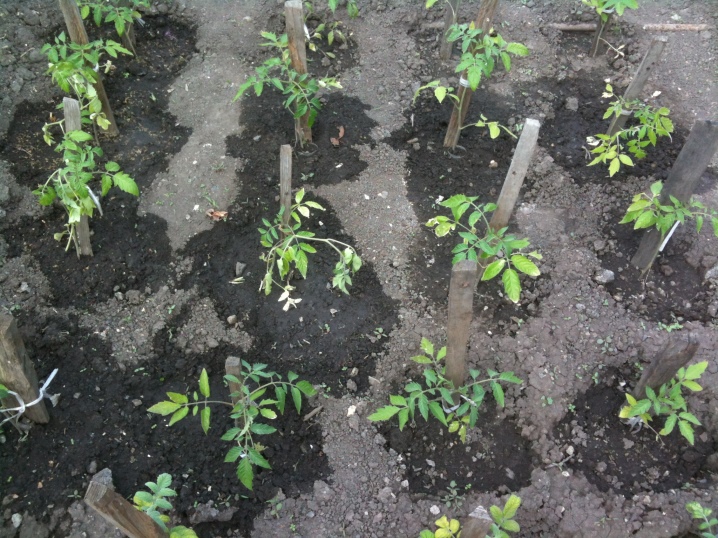
Fertilizer recipes with yeast
Most gardeners prefer to feed the plants with proven yeast feeding. Such solutions can be prepared both with dry yeast and with raw ones. In both cases, the product will be effective.
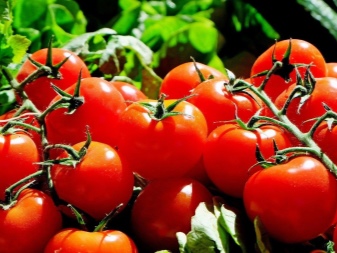
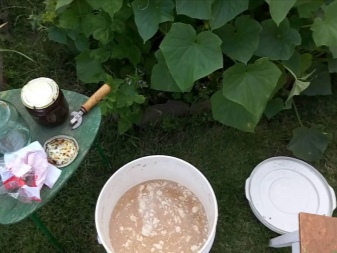
With dry
Dry yeast solutions are very easy to prepare. The classic sweet solution is best suited for processing tomatoes. To prepare it, you need to take 5 liters of water. Dilute 5 grams of dry yeast in a warm liquid. A tablespoon of sugar is also added there. All this mixes well and is infused for 2-3 hours. The product can be used immediately after preparation. Before processing plants, it must be combined with cold water in a 1: 1 ratio.
A composition prepared on the basis of chicken manure also works well. If possible, it is best to use fresh droppings. It contains a lot of nitrogen as well as trace elements that are important for keeping the soil in good condition. To prepare the solution, the chicken droppings must be poured with water, and then left for 2-3 days. After 0.5 liters of the extract, it must be mixed with 10 grams of dry yeast. Add 500 grams of wood ash and 5 tablespoons of sugar to the container with the contents.
All this needs to be poured with 10 liters of warm water and mixed well. The mixture is infused for a week. After that, it must be diluted in a 1: 1 ratio and used to water the plant at the root.
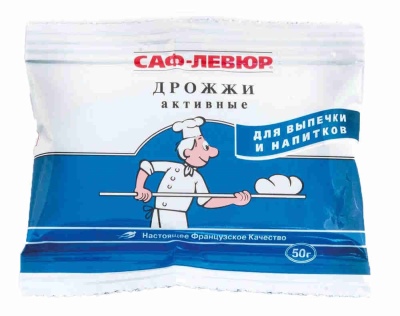
With raw
There are also many recipes based on fresh yeast.
-
Classical. To prepare fertilizer, add 1 kilogram of yeast to a container with 5 liters of heated water. To make them dissolve faster, it is recommended to chop them finely before use. Stir the mixture well. Before using it, the composition must be re-diluted. A liter of product is dissolved in 10 liters of warm water. The prepared solution should be used immediately. Every day it will only lose its properties.
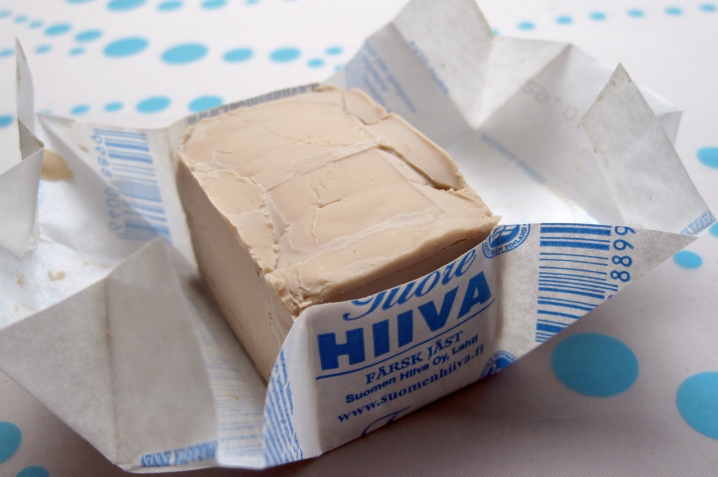
- With ascorbic acid. This solution is prepared in the same way as the previous one. But an additional 2 grams of ascorbic acid is added to the mixture with yeast and warm water. Some gardeners add a handful of earth to a container with a solution. It is necessary to insist the product during the day. After that, it also needs to be mixed with water. The proportions are the same as in the previous recipe.
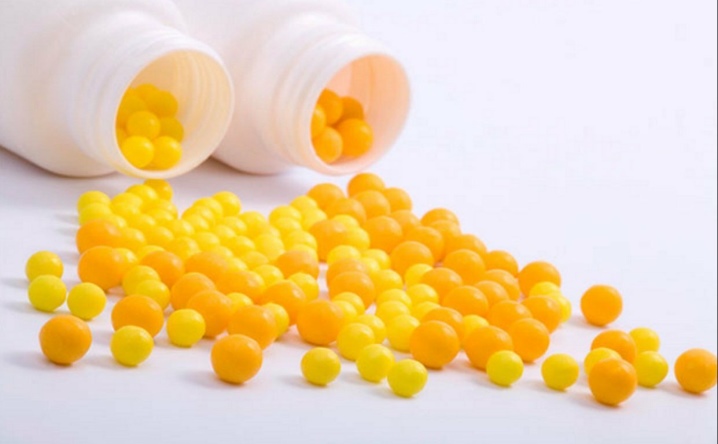
- With milk. To prepare such a fertilizer, you need to take 5 liters of milk. It is used in this recipe instead of water. Warm the milk slightly. After that, add 1 kilogram of yeast to the warm liquid. Mix the components and leave for several hours. Before use, the product must be diluted in water in a ratio of 1 to 10. The resulting mixture is poured over the tomatoes at the root. Such feeding will have a great effect on the immunity of tomatoes.
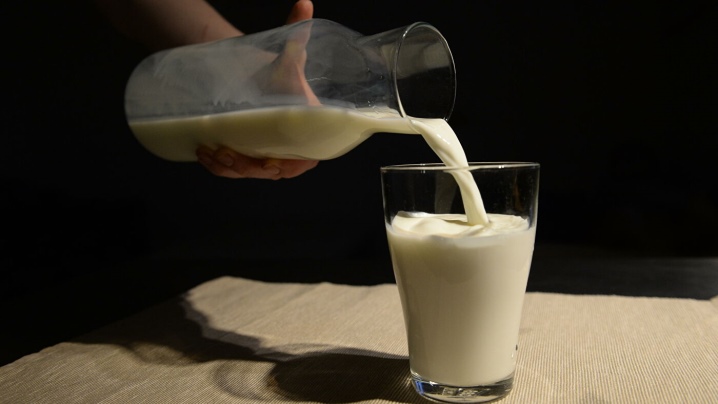
- Wood ash mortar. Well complements the classic yeast fertilizer and wood ash. It makes the composition more beneficial to the plant. Preparing the solution is very simple: 50 grams of fresh yeast is dissolved in 5 liters of warm water. As soon as they rise slightly, add the same amount of liquid to the container. After that, 500 grams of wood ash must be sieved into the solution. The mixture must be thoroughly stirred and left to ferment for several hours. The product can then be used to feed tomatoes.
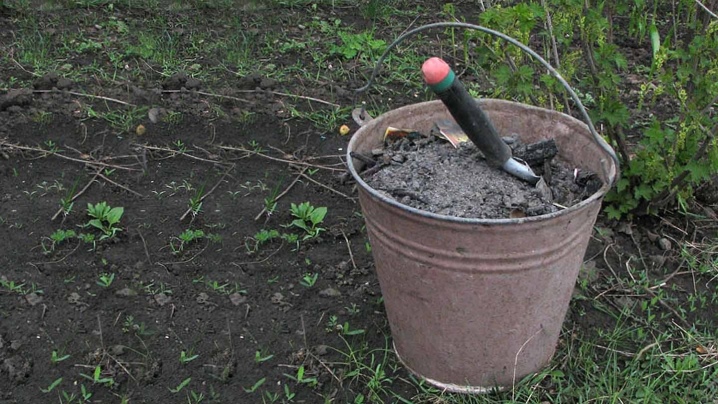
- Mix with nettles. To prepare this solution, you must use young nettles. It is necessary to prepare it in advance. For 20 liters of water, a whole bucket of nettle leaves will go. A kilogram of yeast must be diluted in warm water. You also need to add a liter of mullein there. All ingredients must be mixed well. When the yeast rises, the contents of the bucket must be poured into a container with leaves. This mixture should be infused for 10-12 days in a warm place. After that, you need to strain it. It is recommended to water the tomatoes with a solution either during the flowering period, or when the ovary is just beginning to form.
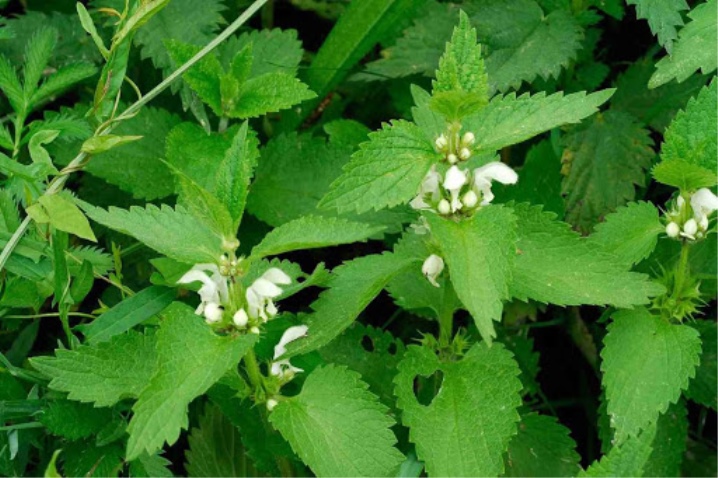
Application frequency and timing
Yeast dressing is suitable for fertilizing any kind of tomato. It can be used to fertilize bushes at different stages of their growth.
Seedling processing
For the first time, it is worth treating seedlings immediately after diving. This allows the seedlings to take root and take root faster. It can be treated with a simple solution consisting only of water and yeast.
The mixture must be added to the root. The best way to do this is to use a small watering can. And also at this stage, you can use foliar feeding. The solution for this is filtered and poured into a container with a spray. Spraying should be done in several stages. The stems are processed first, then the leaves. They must be sprayed first from the inside, and then from the outside.
In this case, the dosage can not be changed, since the yeast solution is not able to burn the leaves. The advantage of foliar feeding is that it is quickly absorbed, which means that it acts immediately after application.

After disembarking
After the plants have been planted in open ground, they need to be given some time in order for them to adapt in a new place. The first feeding can be carried out only 9-12 days after transplanting seedlings.
Timely feeding of transplanted plants allows them to gain a foothold in a new place and overgrow with bright green foliage in a short time. One bush takes 1-2 liters of solution.
In the future, tomato bushes can be further processed. This should be done every 20 days. The older the plant becomes, the more feeding it needs. However, when using yeast solution on a regular basis, it is worth remembering that this can lead to leaching of potassium and calcium from the soil.
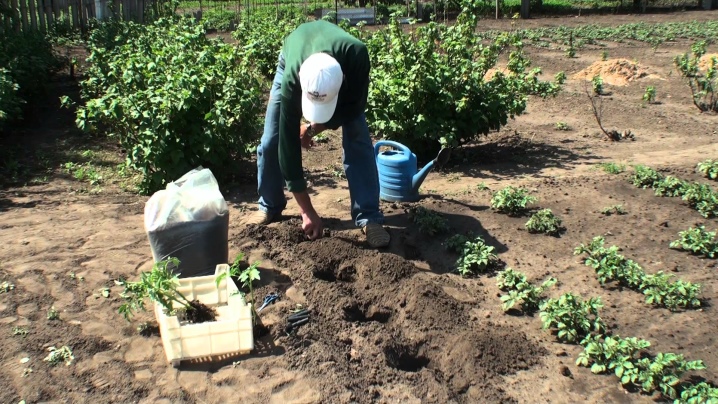
So that the tomatoes do not suffer because of this, a couple of days after watering, the space around the bushes must be sprinkled with wood ash.
During flowering
The processing of plants during flowering should be treated especially responsibly.During this period, it is best to use a dry yeast solution. You need to cook it right before use. The yeast must be dissolved so that no sediment remains in the container.
To check if feeding tomatoes will harm, you should first process one bush and check after a couple of days how the yeast fertilizer will affect it. If everything is in order with the plant, you can process the following bushes.
During the flowering period, tomatoes should be watered abundantly before feeding. It is advisable to use a weakly concentrated solution. If the bushes look weak and lethargic, add a few drops of iodine to the yeast tincture.
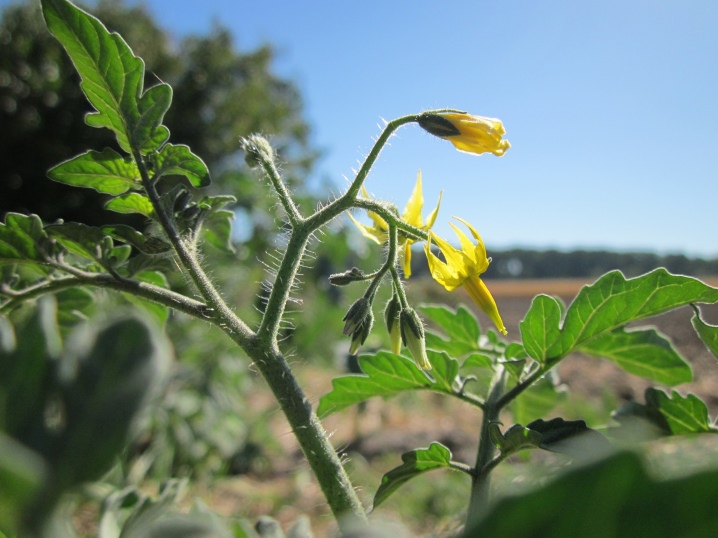
During fruiting
A stock solution can be used to feed the tomatoes at this stage. It is prepared from 10 liters of water and 50 grams of yeast. It is necessary to insist such a mixture before use for several hours. Water the bushes with it at the root. The use of this fertilizer increases the yield of the plant.
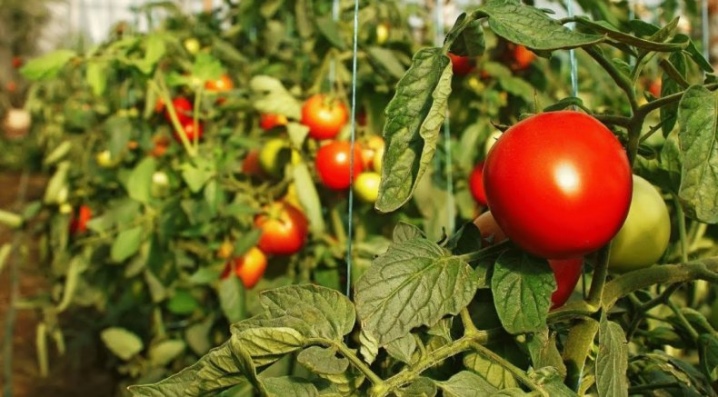
How to feed properly?
There are several rules for using dry or fresh yeast based feed.
- It is advisable to water the plants either early in the morning or late in the evening. Fertilizing the bushes during the day is not recommended.
- Since yeast works best in warmth, it is best used during the warmer months. The soil should be well warmed up and sufficiently moist. Water is also used only warm. This helps to revitalize the yeast. The optimum water temperature is 30-40 degrees.
- It is not recommended to use tap water for breeding yeast, because it contains too much chlorine. Tomatoes cannot stand it.
- Before using yeast to make groundbait, it is necessary to pay attention to the expiration date indicated on the package. In an obsolete product, fungi die, which means that there is no benefit to plants from it.
- If you use yeast dressing in the summer, it will not only strengthen the plants and accelerate their growth, but will also help them to better endure the summer heat.
- If the yeast solution is infused outside, the container with it must be closed with a lid or cloth. This is done so that insects attracted by the pungent smell do not get inside.
- Yeast fertilizers, like any other fertilizer, should not be applied too often. For the normal development of plants, 3-4 dressings per season are enough. More frequent use of fertilizers can lead to the death of both seedlings and bushes.
- Despite the fact that the yeast solution cannot harm the plants, it is still not recommended to use a concentrated solution for foliar dressing. The prepared mixture must be diluted at least 2 more times before processing the bushes with it.
- If a little solution remains after feeding the tomatoes, it can be used to treat other plants such as cucumbers or peppers.
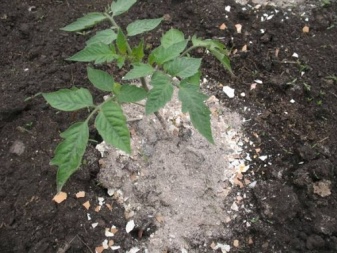
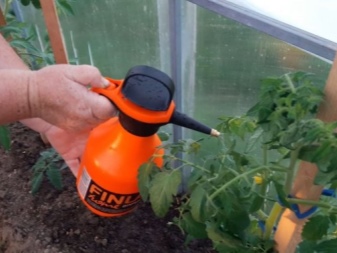
If you apply yeast feeding according to all the rules, then the plants will look good and delight gardeners with an excellent harvest.
For feeding tomatoes with yeast in the open field, see below.













The comment was sent successfully.